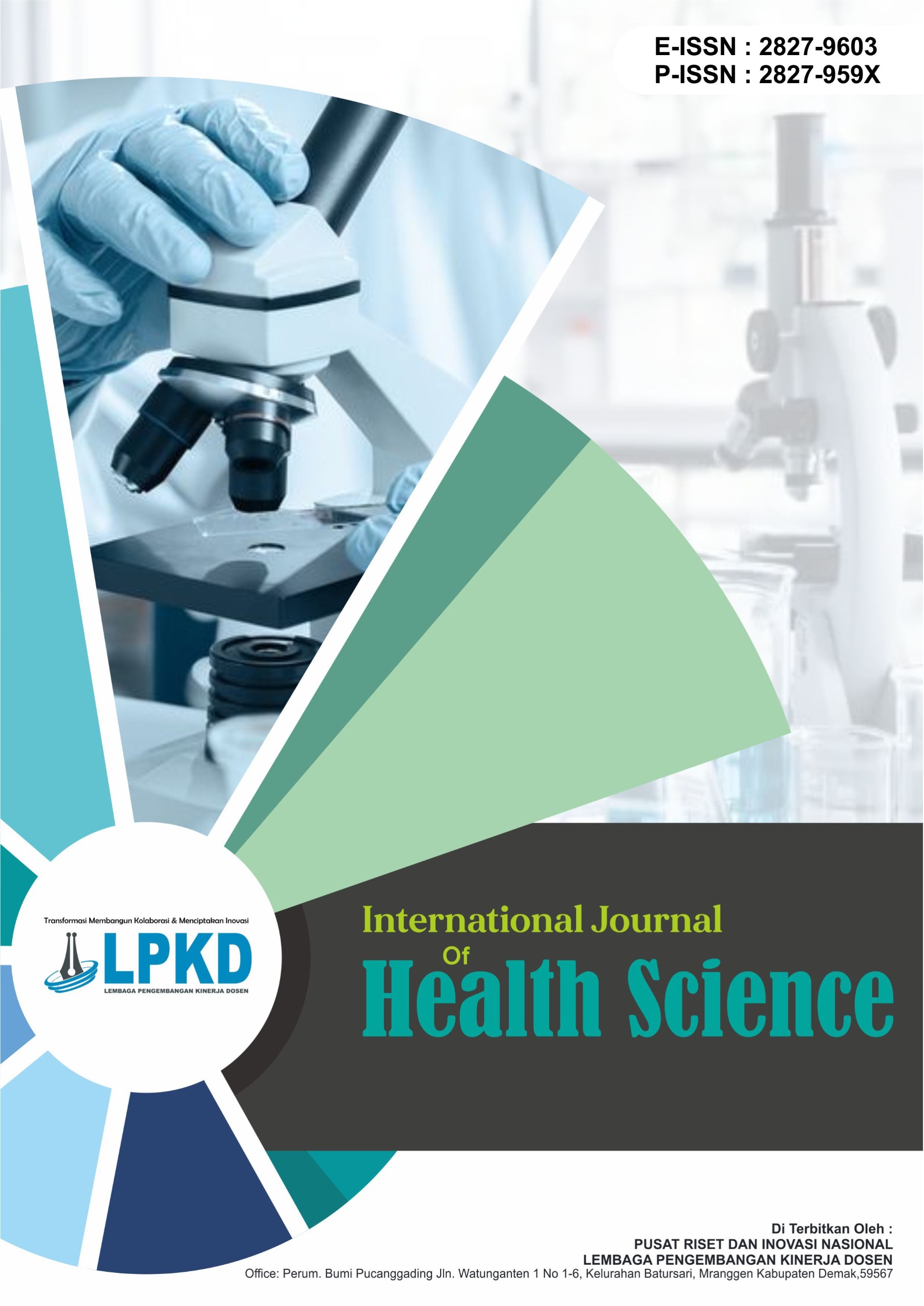Index Card Match as an Interactive Strategy to Improve Elementary School Students' Science Learning Activeness
DOI:
https://doi.org/10.55606/ijhs.v5i3.6217Keywords:
Cycle I, Cycle II, Index Card Match, Science Learning, Student Learning ActivenessAbstract
This study aimed to explore whether the Index Card Match learning model could boost student engagement in science lessons for fourth-grade pupils at UPT SDN 83 Mangindara. We took a descriptive qualitative approach, focusing on how the model was applied and its impact on student activities. The research happened at UPT SDN 83 Mangindara in Takalar Regency during the 2024/2025 school year, involving 22 fourth-grade students 7 girls and 15 boys. Data came from observations, tests, and documentation, analyzed through qualitative descriptive methods. The findings showed that using the Index Card Match model in science classes did enhance student learning activities at UPT SDN 83 Mangindara. In Cycle I, activities were low in the first meeting (categorized as "Less" or K) and stayed that way in the second. But by Cycle II, things improved: the first meeting hit "Enough" (C), and the second reached "Good" (B). Meanwhile, the teacher's performance was solid from the start, rated "Good" (B) in both meetings of Cycle I, and it held steady at that level through both meetings in Cycle II.
Downloads
References
Afenda Ratna. (2009). Index Card Match as an active, creative, effective, and enjoyable learning model.
Bima, A. F., & Widodo, W. (2017). Application of Index Card Match learning strategy to improve student learning outcomes in thermodynamics material. Journal of Physics Learning Research, 8(1), 26–31. https://doi.org/10.26877/jp2f.v8i1.1333
Djajadi, M. (2019). Introduction to classroom action research. Yogyakarta: Arti Bumi Intaran.
Dwi Rizkiani, A., Hariandi, A., Alirmansyah, A., & Zutha Berliana, T. (2023). Improving student learning activeness through the Index Card Match (ICM) learning model for elementary school science content. Journal of Elementary Education Milestones: Journal of Elementary Education Theory and Outcome Studies, 2(2), 112–124. https://doi.org/10.22437/jtpd.v2i2.28487
Fabiana Meijon Fadul. (2019). Index Card Match. 10–31.
Hamruni. (2009). Learning strategies and models. Yogyakarta: Faculty of Tarbiyah, UIN Sunan Kalijaga.
Handoyo, R. (2014). The difference between Index Card Match strategy and crossword puzzle on student learning motivation in social studies learning for grade VIII at MTs Yapi Pakem. Bachelor of Education Thesis. Yogyakarta: Yogyakarta State University.
Istarani. (2014). Innovative learning methods. Medan: Media Persada.
Makkasau, A., Sahabuddin, E. S., Irfan, M., & Lutfi, L. (2020). The nature and model of science learning.
Mu'alimin, & Hari, R. A. C. (2014). Classroom action research theory and practice. Ganding, 44(8), 1–87.
Nugraha, Y. C., Toybah, T., & Yosef, Y. (2022). The Index Card Match model on student activeness and learning outcomes in mathematics learning about flat shapes for grade IV of SD Negeri 140 Palembang. Elementary School Innovation: Journal of Educational Development Studies, 9(2), 169–176. https://doi.org/10.36706/jisd.v9i2.17499
Nurfatimah, N., Hamdian Affandi, L., & Syahrul Jiwandono, I. (2020). Analysis of the learning activeness of high-class students at SDN 07 Sila during the Covid-19 pandemic. Scientific Journal of the Educational Profession, 5(2), 145–154. https://doi.org/10.29303/jipp.v5i2.130
Rahayu, S., Sahabuddin, E. S., & Syawaluddin, A. (2022). Development of monopoly media in science subjects for grade IV of UPT SPF SD Negeri Sudirman III, Makassar City. Global Journal Basic Education, 1, 219–246. https://jurnal.sainsglobal.com/index.php/gjp
Raipartiwi, N. K. (2022). Application of the Index Card Match method (Index Card Match) to improve student activity and learning outcomes. Indonesian Journal of Educational Development, 2(4), 589–598. https://doi.org/10.5281/zenodo.6203533
Riswan. (2024). Application of the Index Card Match model to improve student learning activity in science subjects in grade V of SD Negeri 172 Pekanbaru. Proposal.
ROSADI, A. (2019). Improving student activity and learning outcomes with the Index Card Match method in science learning. Tajdidukasi: Journal of Islamic Education Research and Studies, 8(2). https://doi.org/10.47736/tajdidukasi.v8i2.294
Rusman. (2014). Learning models. Jakarta: PT Rajagrafindo Persada.
Sardiman, A. M. (2014). Interaction and motivation in teaching and learning. Jakarta: Rajawali Pers.
Silberman, M. L. (2009). Active learning: 101 ways for active students to learn (Translated by Raisul Muttaqien). Rev. ed. Bandung: Nusamedia.
Sudjana, N. (2016). Assessment of the results of the teaching and learning process. Bandung: Rosdikarya.
Suprijono, A. (2009). Cooperative learning: Paikem theory & application. Yogyakarta: Pustaka Pelajar.
Sutanto, L. A. (2016). Application of the Index Card Match learning model in improving science learning outcomes in grade V/A students of SD Inpres Sero, Somba Opu District, Gowa Regency.
Wulandari, A. E., Sahabuddin, E. S., & Muslan, N. (2024). Application of role playing learning model in improving activeness and mathematics learning outcomes of class V UPT SPF SDN Kompleks IKIP 1 Makassar City. Lempu PGSD, 1(3). https://doi.org/10.70713/lempu.v1i3.4324
Downloads
Published
How to Cite
Issue
Section
License
Copyright (c) 2025 International Journal Of Health Science

This work is licensed under a Creative Commons Attribution-ShareAlike 4.0 International License.







